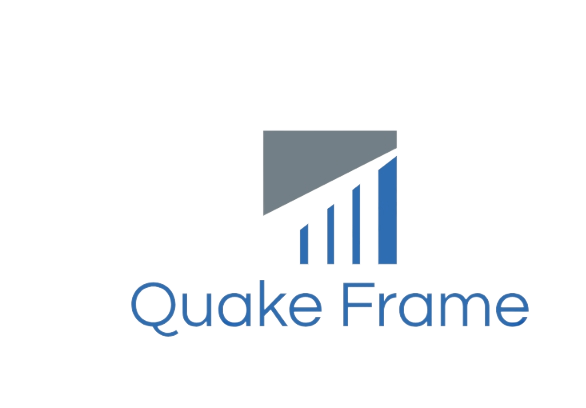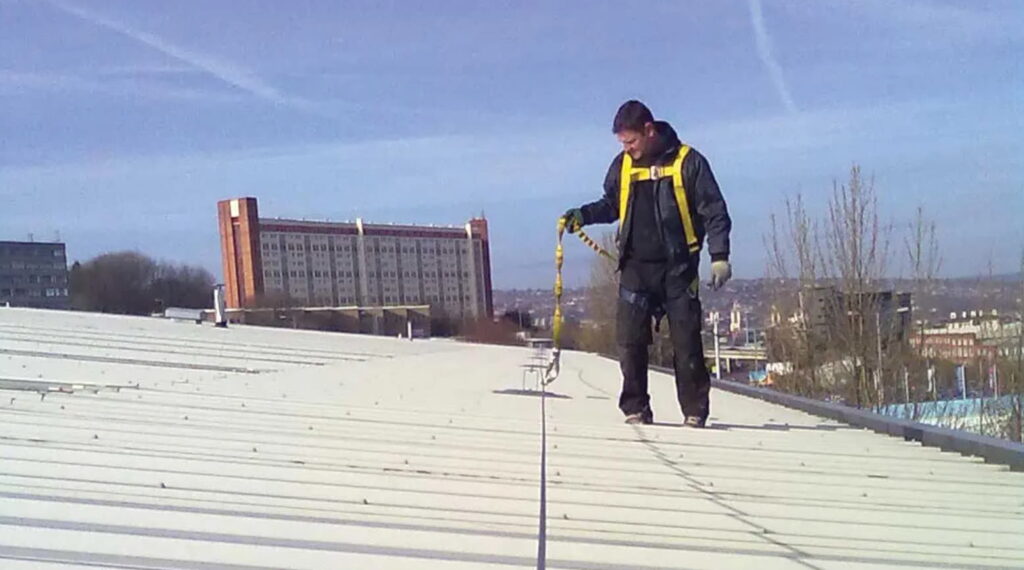The construction industry is known for its dynamic and challenging work environments, often involving tasks at significant heights. Ensuring the safety of workers in such settings is paramount. One of the most effective tools in this regard is horizontal lifeline fall protection. Let’s explore why this safety measure is indispensable in the construction sector.
Safeguarding Against Falls
These systems act as a safety net for workers operating at heights. They consist of a secure line stretched horizontally, which workers can attach themselves to. In the event of a slip or fall, the lifeline arrests the fall, reducing the impact and preventing potentially fatal injuries. This proactive approach can mean the difference between life and death on a construction site.
Uninterrupted Mobility
Unlike traditional fixed-point safety systems, a horizontal lifeline offers continuous protection while enabling workers to perform their tasks without the constraint of having to unhook and reattach themselves. This increased mobility enhances productivity and reduces the risk of accidents caused by restricted movement.
Adaptability to Various Work Environments
Construction sites often have diverse layouts and structures. This system can be customized to suit various work environments, whether it’s on rooftops, scaffolding, or steel beams. This adaptability ensures that workers are protected regardless of the unique challenges posed by each project.
Collective Safety
Unlike individual safety measures, such as harnesses and lanyards, it can often accommodate multiple workers simultaneously. This collective safety approach is particularly beneficial when multiple workers need to collaborate closely on a task. It fosters a sense of teamwork and camaraderie while maintaining stringent safety standards.
Reduced Risk and Liability
By implementing robust fall protection measures, construction companies can significantly reduce the risk of workplace accidents and injuries. This reduction in accidents not only ensures the well-being of workers but also reduces potential liability for the company. It’s a win-win situation where the safety of employees and the financial stability of the business are both safeguarded.
Conclusion
In conclusion, in an industry where the stakes are high and risks abound, horizontal lifeline fall protection stands out as a crucial safety measure. Its ability to safeguard against falls, provide uninterrupted mobility, adapt to various work environments, promote collective safety, and reduce risks and liabilities underscores its importance in the construction sector. By investing in this advanced fall protection system, construction companies prioritize the safety and well-being of their most valuable assets: their workers.

